What I'm After in Creative Work
Connecting Street Photography, Collage, and Book Cover Design
I bought a new camera recently, so I am on a photography kick.1
I’ve been a hobbyist photographer for a decade. In the fall of 2015, I flew to Florence, Italy, for a semester abroad with my father’s ten-year-old Nikon D200 in tow. Among my classes was an introductory photography class. Should you ever be so lucky, I recommend learning to take pictures in Florence. Easier said than done, I know.
After a panicky, anxious start to the semester, I fell in love with both the city and photography. How could I not? Both together and separately, they felt like magic. I couldn’t believe the images I was getting with my lens. Even my crappiest photos felt magical because of where I was. Taking pictures calmed my mind, helped me learn the city, and gave me something to be excited about every day.
Part and parcel of this budding photographic romance was, thanks to several assignments from my Italian instructor,2 an infatuation with a specific genre of photography: street photography. My god, what a thrill! I’m not sure I’ve ever felt anything like what it feels like to get a good photo in the street. To this day, some of my favorite photos are ones I took of Italians (and Londoners) that fall ten years ago.
Despite my infatuation, I don’t shoot street terribly often. Too many nerves, not enough time, etc., etc. But I’ve been thinking about it for a decade and with increasing frequency. Last year, I took the opportunity to take pictures of other tourists also taking pictures in New York City. Since getting my new camera, I have watched many, many, walking interviews with street photographers on YouTube and checked out several books from the library. I haven’t shot anything that good yet, but I’ve started taking my camera with me everywhere I go. I’m frankly annoying myself with how much I am obsessing over street photography.
Connections between Street Photography, Collage, and Book Design
Why have I been obsessing? What draws me to it so much, and compels me to make it part of my creative practice?
There are several reasons, with nostalgia and a rosy view of my time spent traveling chief among them, but I made another connection the other day as I made my first collage in several weeks: my favorite parts of street photography are also my favorite parts of collage and book cover design: serendipity and juxtaposition.
To my mind, good street photos capture a serendipitous moment—a head on a shoulder, the wind blowing someone’s hair just the right way, a split-second facial expression, a leap over the puddle. Henri Cartier-Bresson’s “decisive moment.” The most memorable images pair this serendipity with juxtaposition, showing us something often unexpected, ironic, or humorous.
Juxtaposition is the very nature of collage: putting seemingly unrelated things together to make a new whole. And, at least with analog collage, the serendipity of materials is what allows for that juxtaposition to take place. Look at the collage above. What are the chances that two pieces, from two different magazines, fit together so well? This is serendipity. The contrasting color and texture within that serendipitous alignment is juxtaposition. This is not to say I think this is the best collage ever made—far from it—but it illustrates my point.
My favorite book covers I have ever designed are brimming with serendipity, or, as I have referred to it, play. Instinctual things happen inside those Photoshop files and on my desk that I was not planning on. And the covers—mine, or others—I get most excited about almost always feature juxtaposition of some sort: between materials, ideas, text and image, aesthetic styles, and more. You name it. This is probably why I am so into collage on book covers, though collage is by no means a requirement for juxtaposition to occur.
I would take juxtaposition over pretty on a book cover any day.
A Conceptual Framework for Future Work
I would probably love and (try to) make this kind of work no matter what. So this realization is a little obvious in hindsight, as many of them tend to be. But it is still incredibly important to me! It feels wonderful to distill and name what it is I am after in creative work. It is enlightening to see the thread tying my creative interests together, and I am excited to use serendipity and juxtaposition as an intentional and conceptual framework for future work, no matter what medium that work happens to be in.
Not that I must use serendipity and juxtaposition in my work. Not every assignment calls for such a conceptual framework. But I think it is good to find words for what you’re after creatively. I find it freeing. It means I don’t need to be a book designer, collage artist, or street photographer, but there will still be creative target no matter what creative work I do in this life.
Thanks for reading! Until next time.
—Nathaniel
New to me, I should say. It’s a six-year-old model. But that’s newer than my ten-year-old, entry-level model.
I can still hear her say “allora” between English phrases




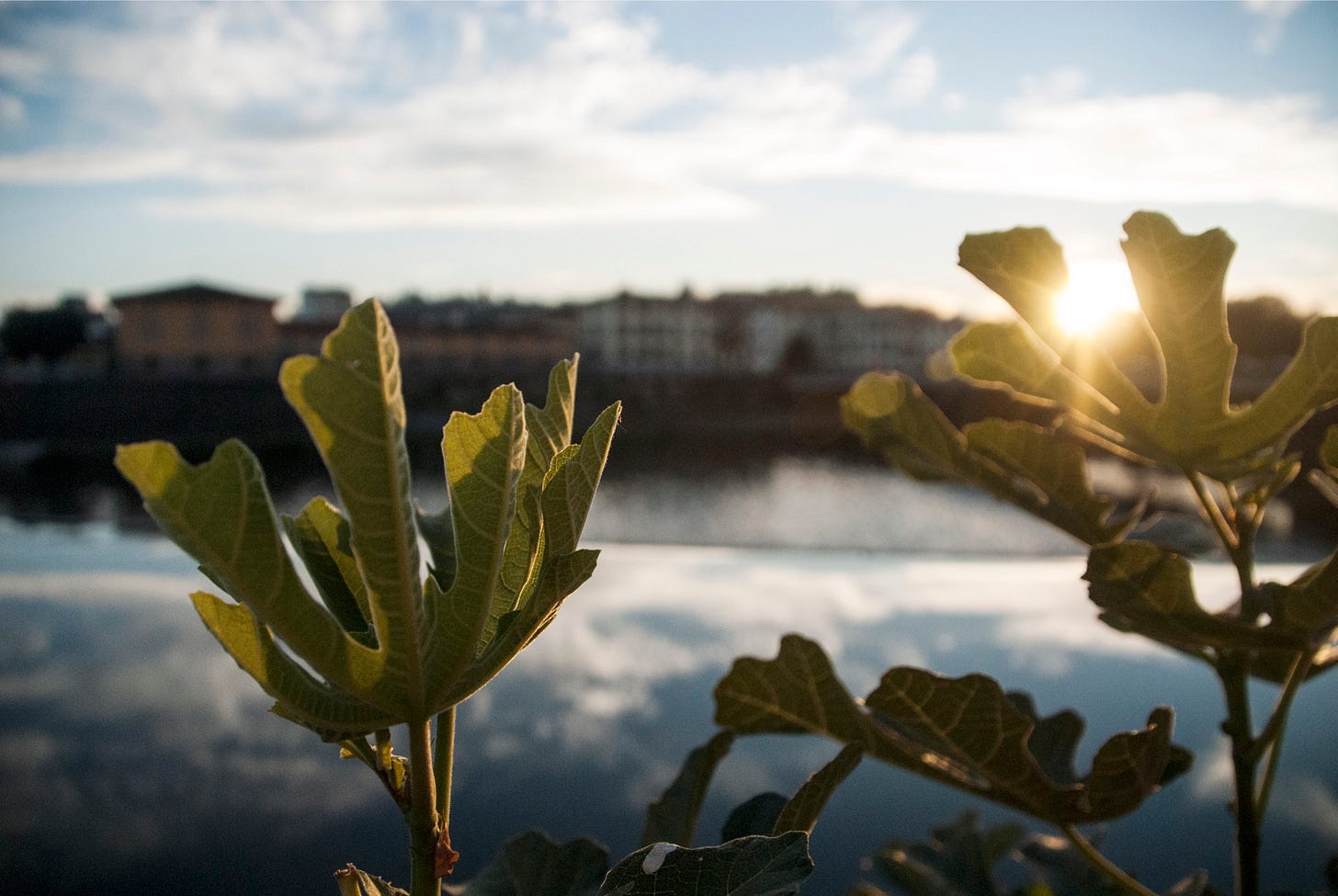
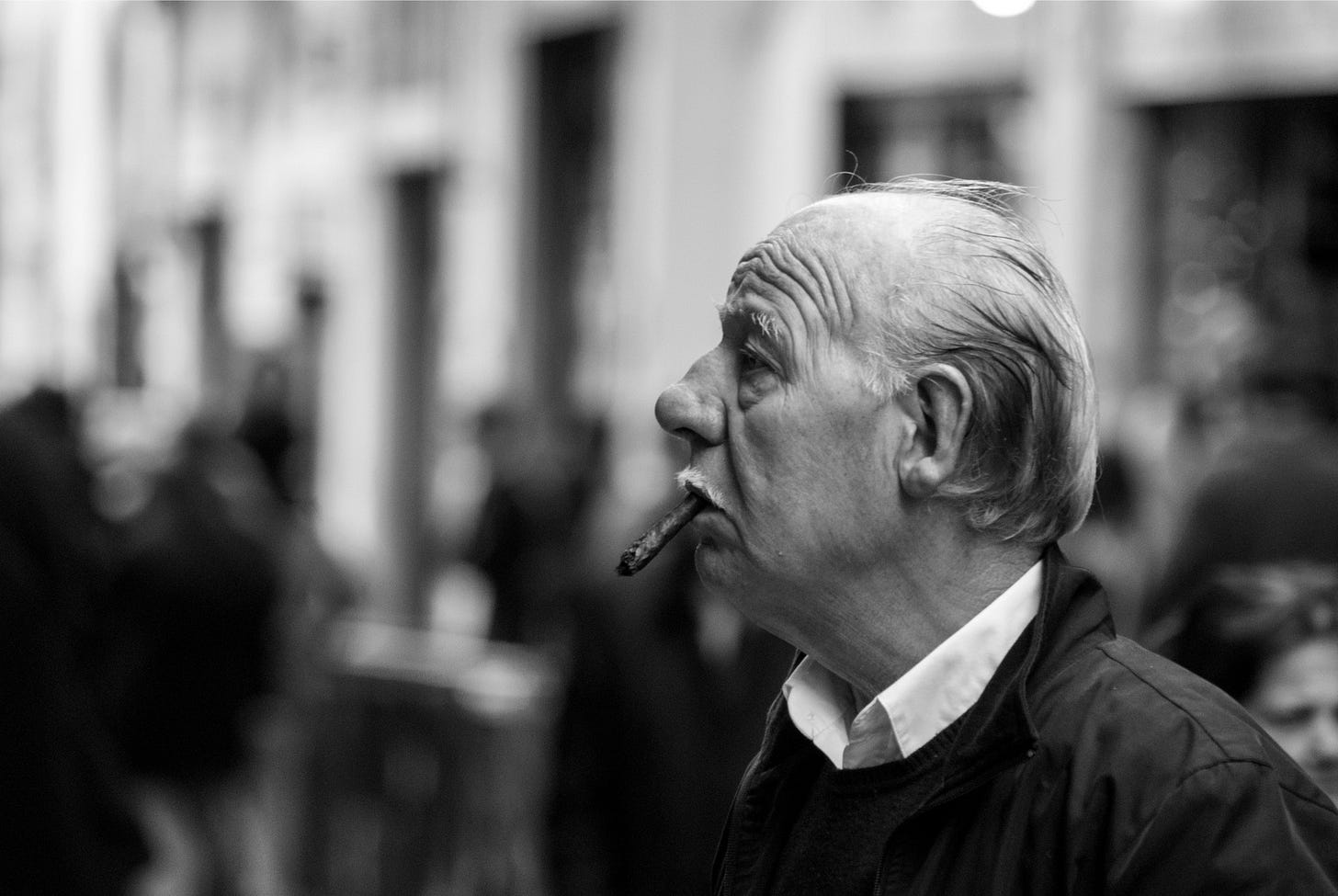
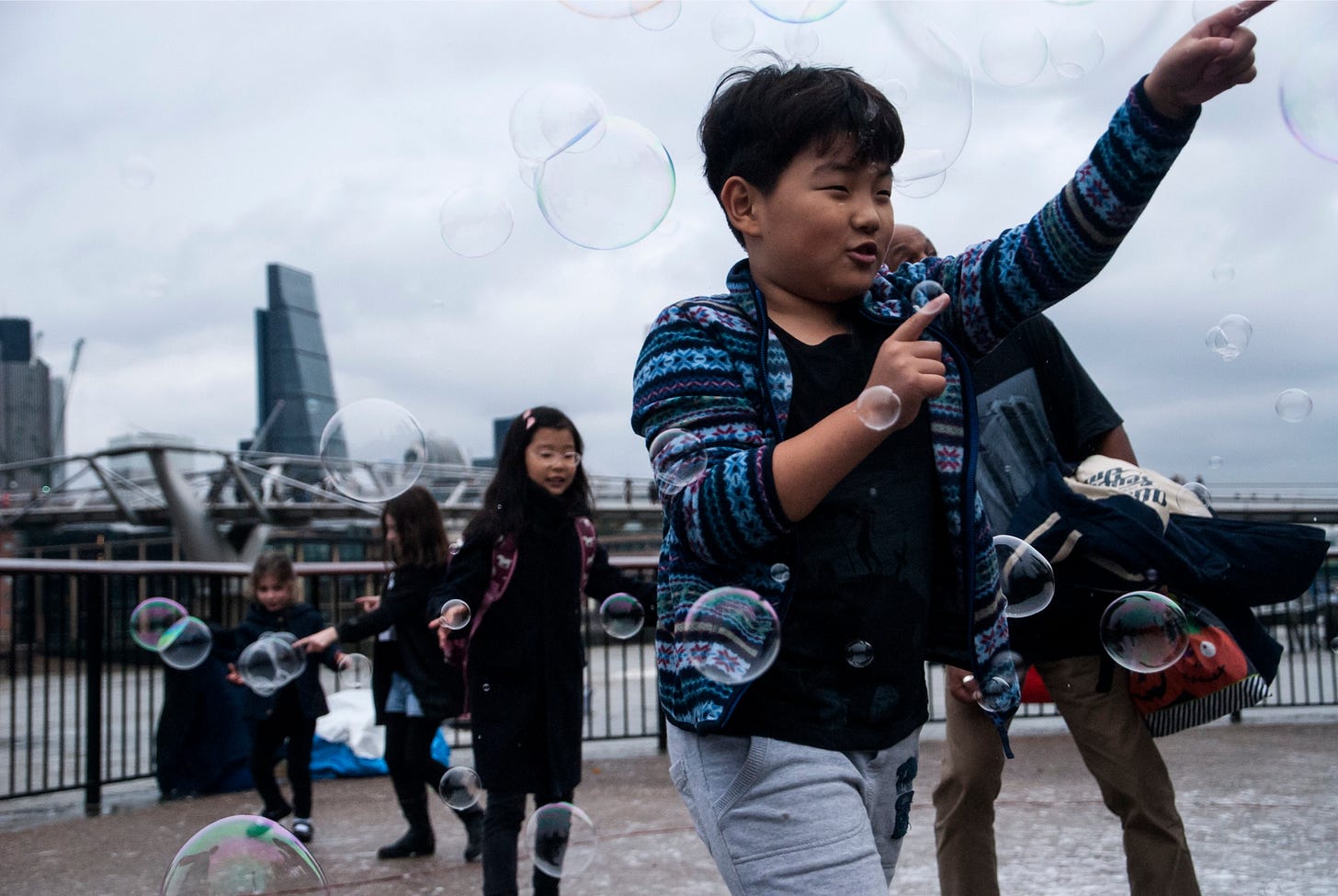
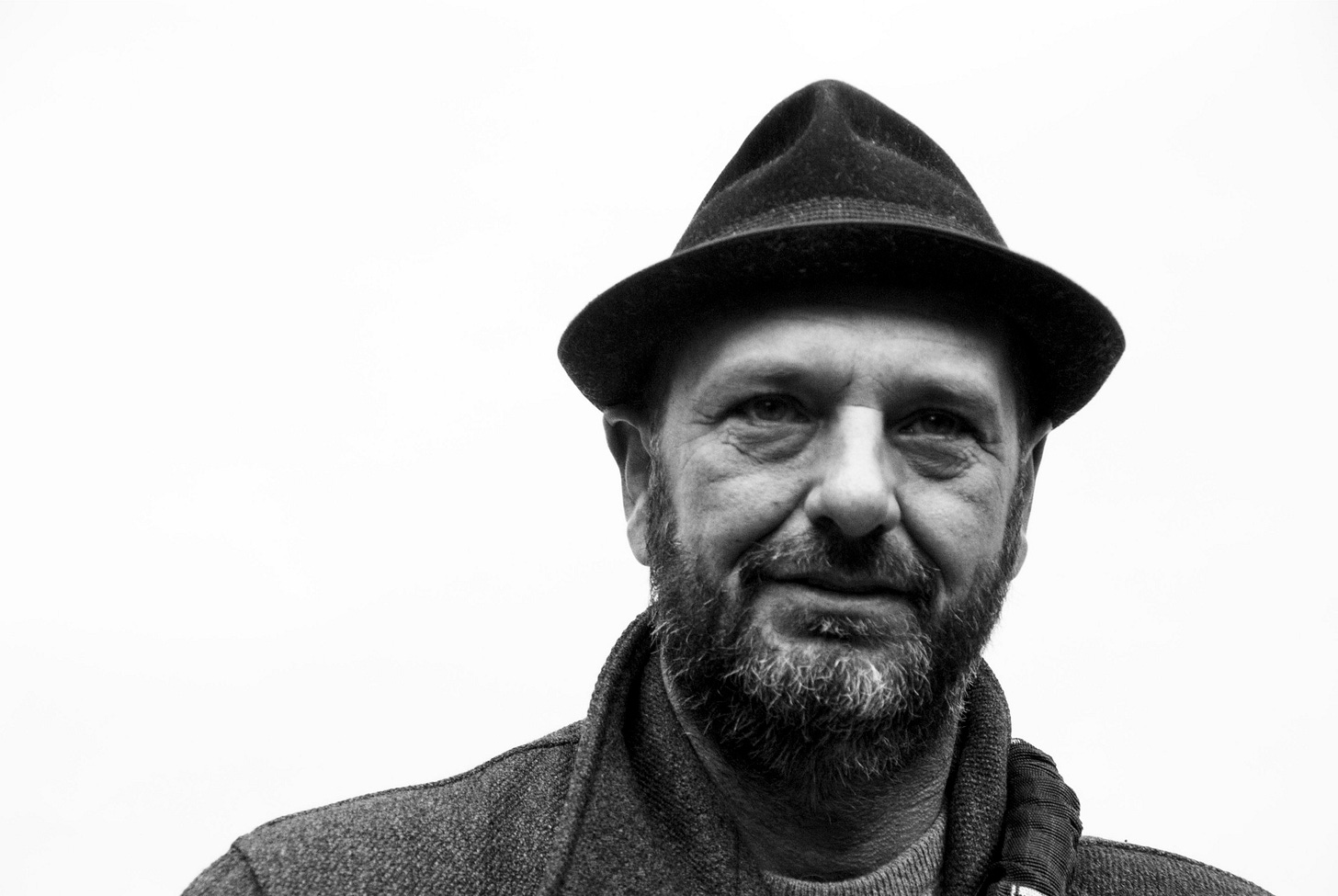
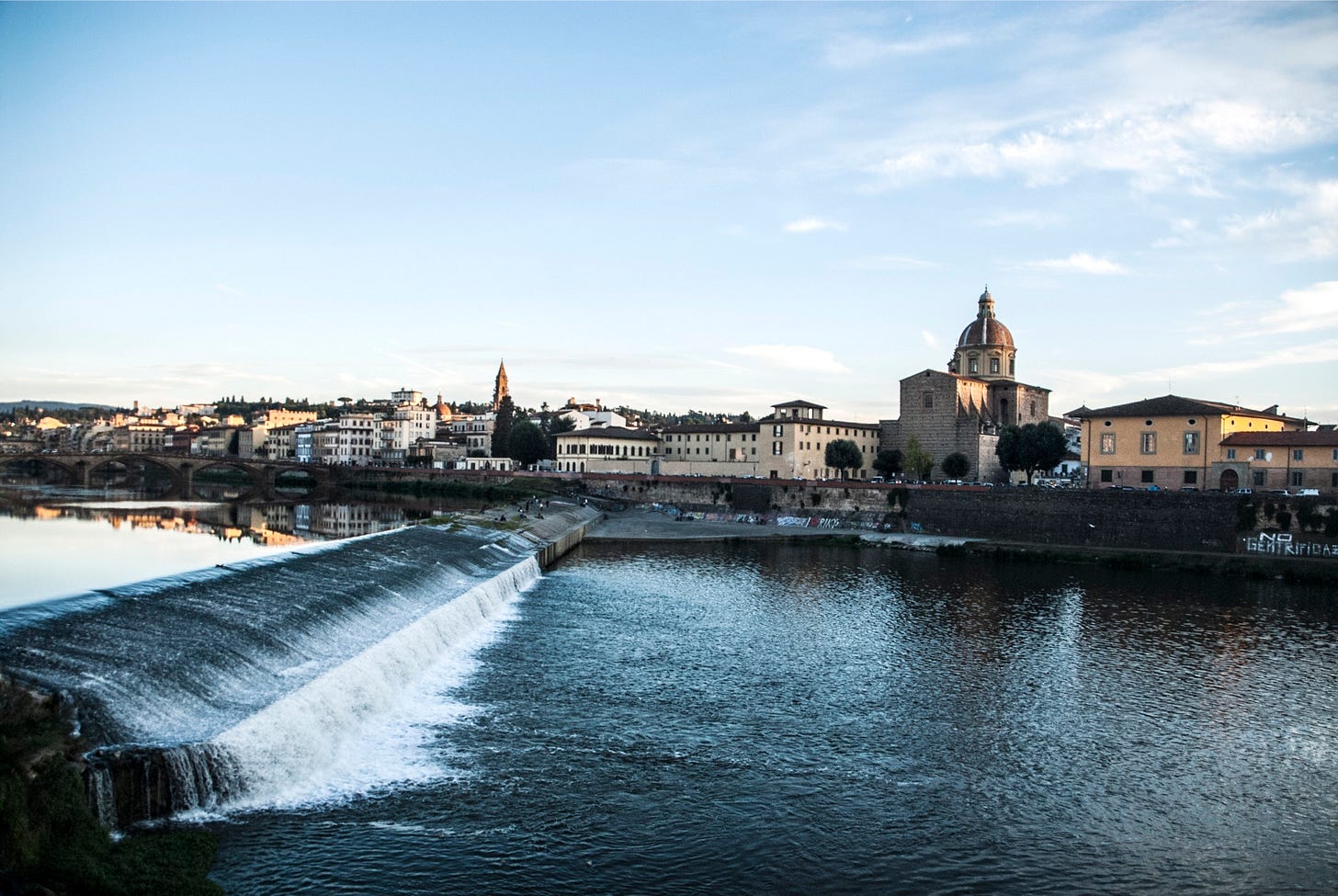
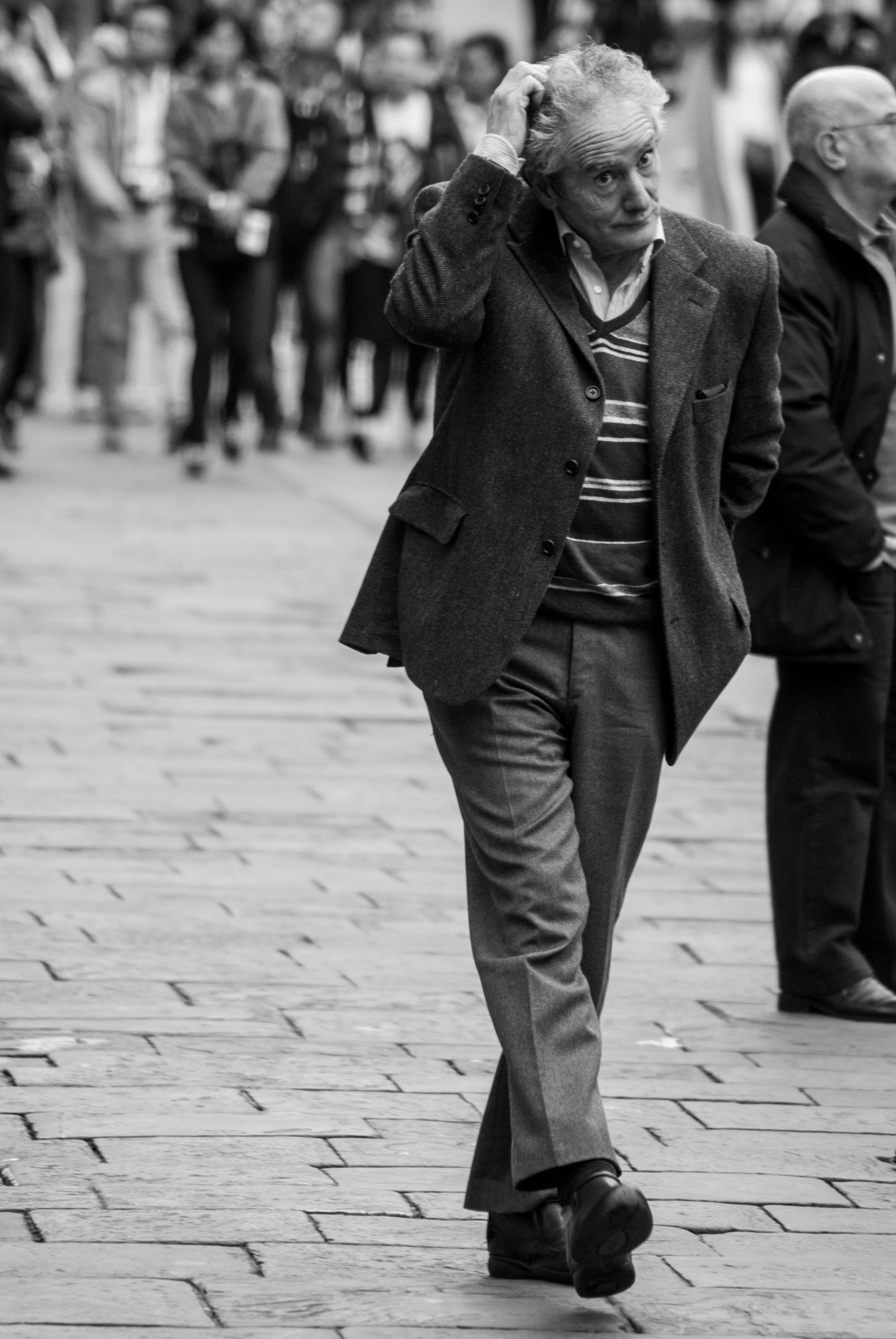

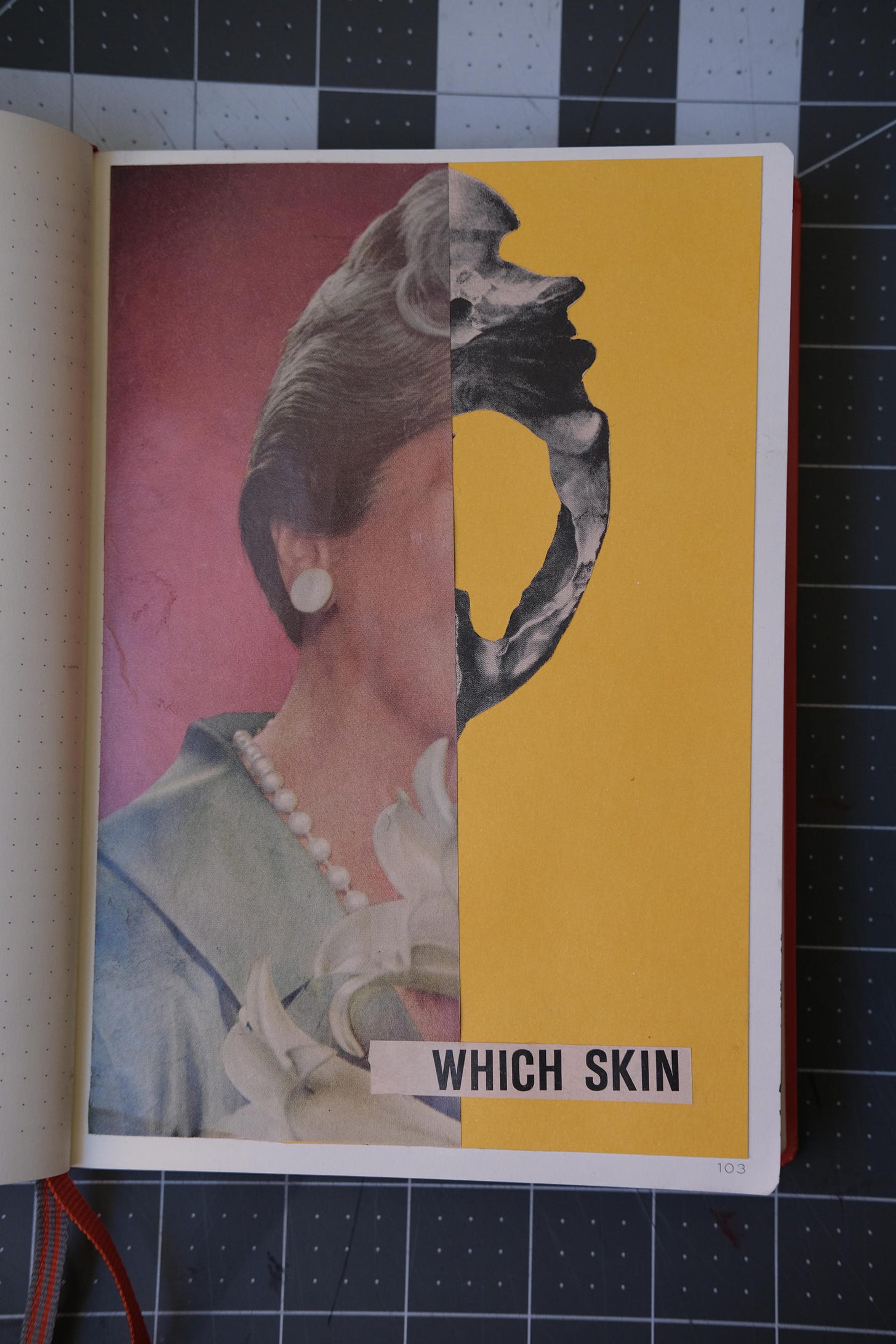
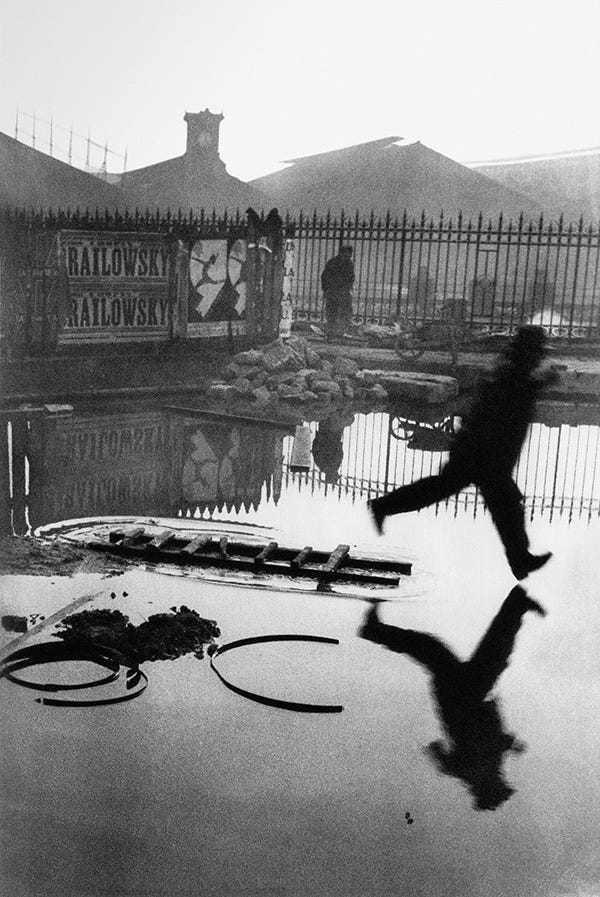
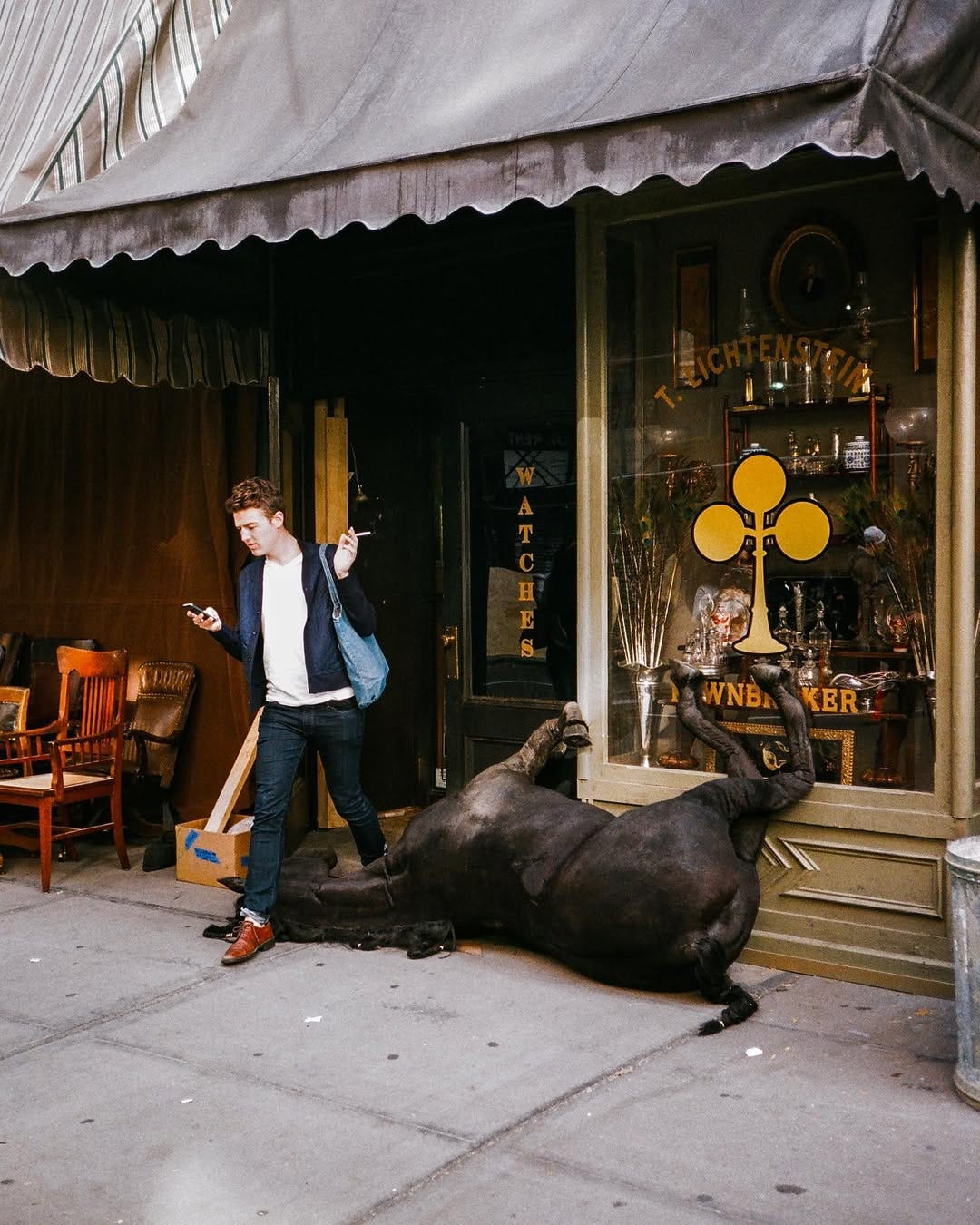
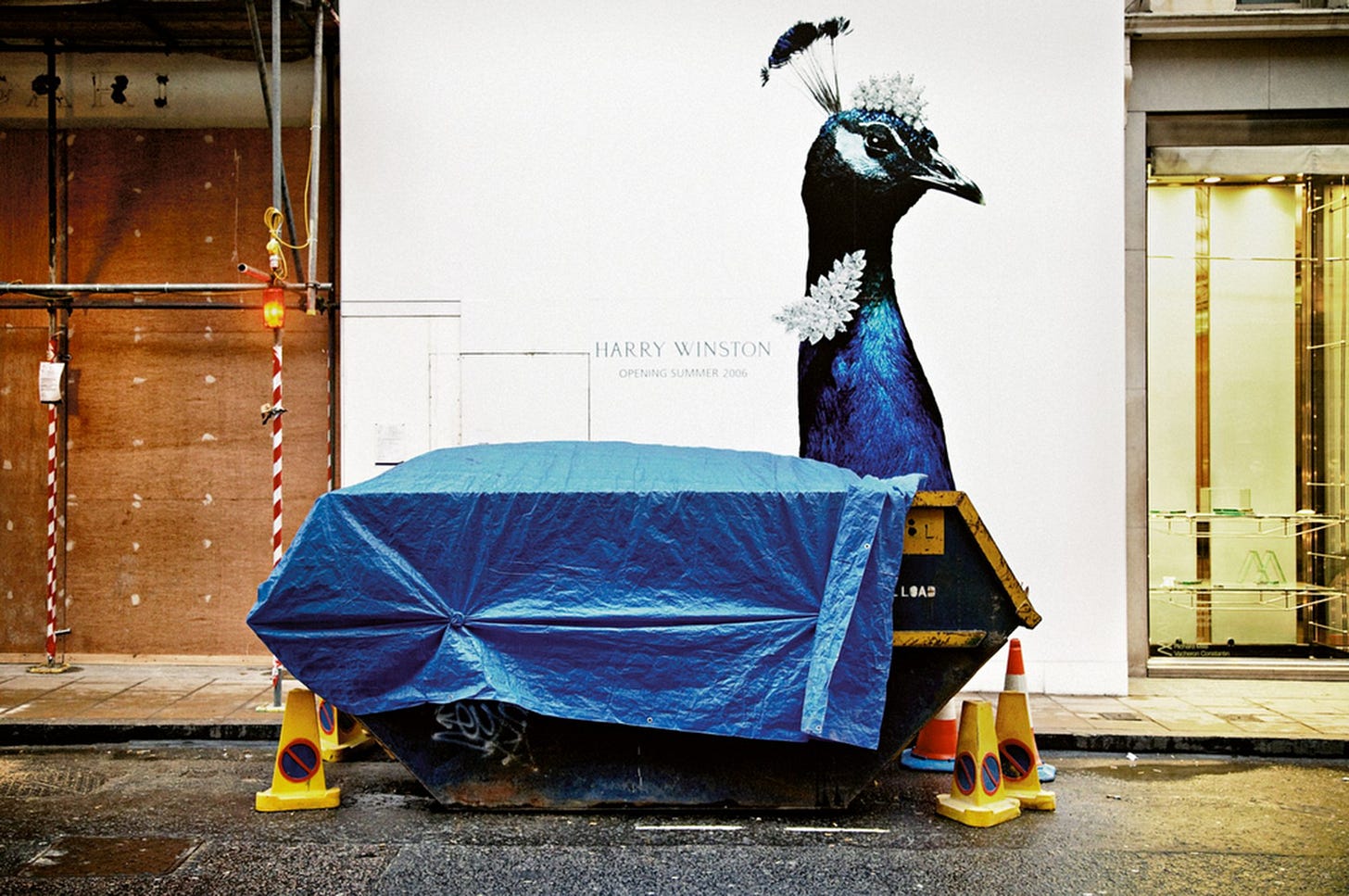
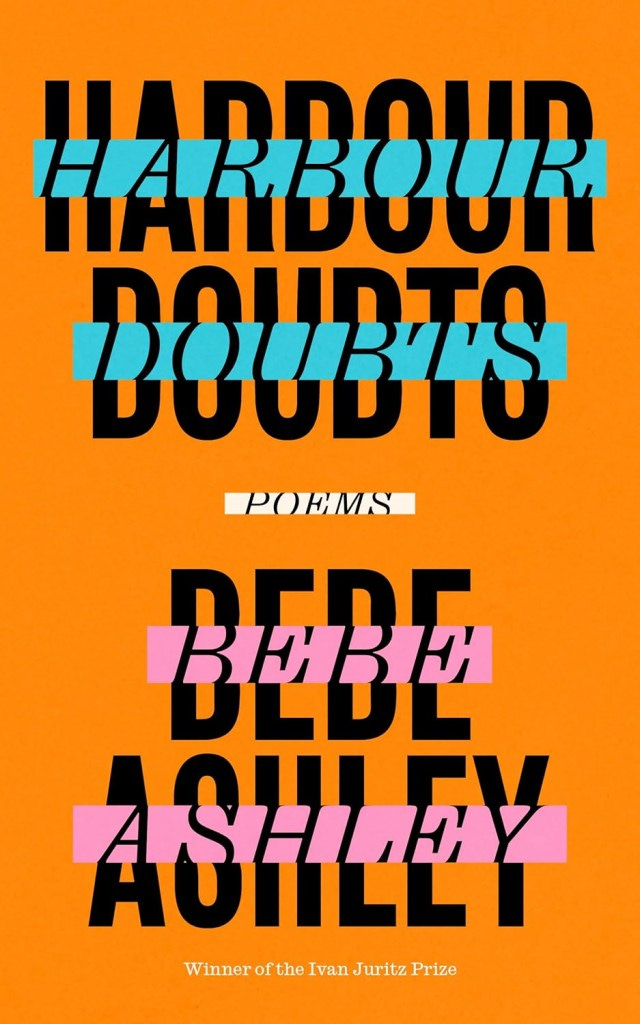
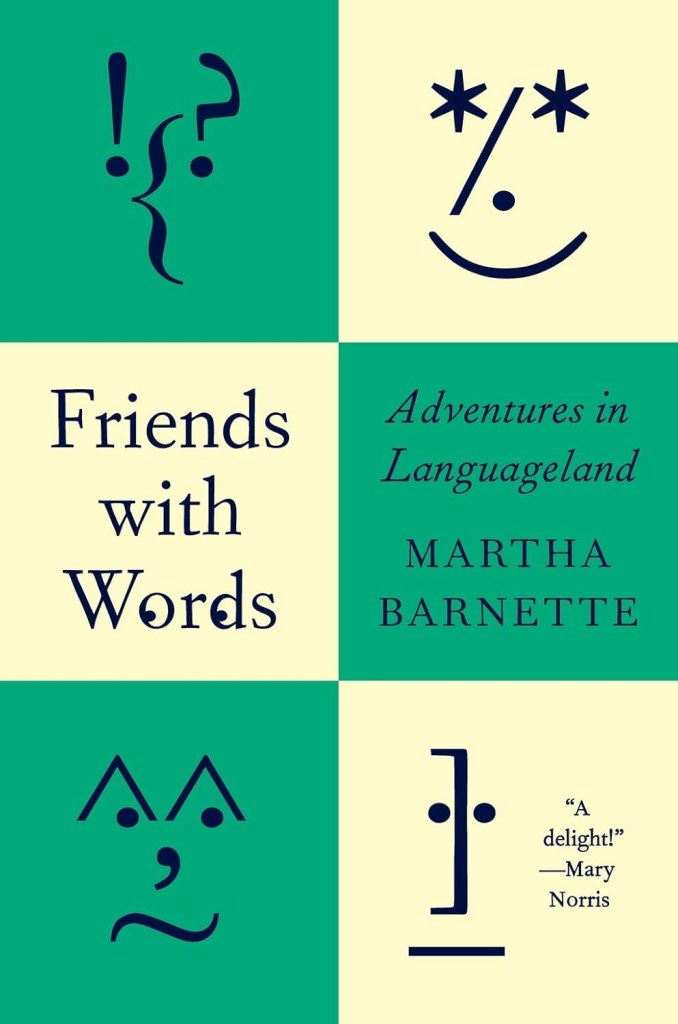
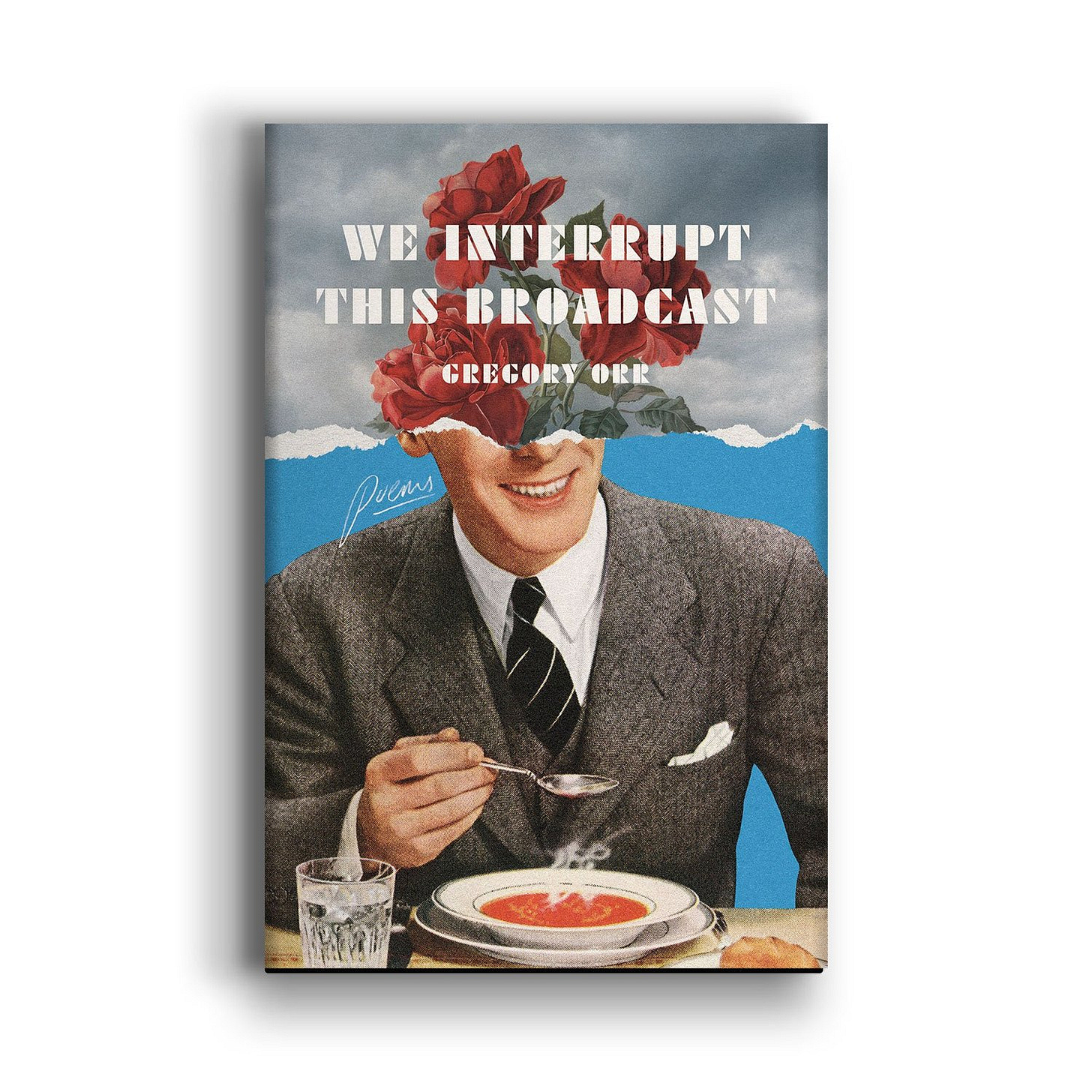

I'm excited to see the Bebe Ashley book on here. I pre-ordered it from Banshee when they announced it.
Lovely essay…and well structured too—I was thing “what’s that Cartier-Bresson phrase?” right before you dropped the decisive moment.
Congrats on finding a bit of clarity. I feel in art (like geopolitics) there are months where [it feels like] nothing happens and then days where months happen.
Of course it’s all built on regular practice, but those moments of insights are so precious!